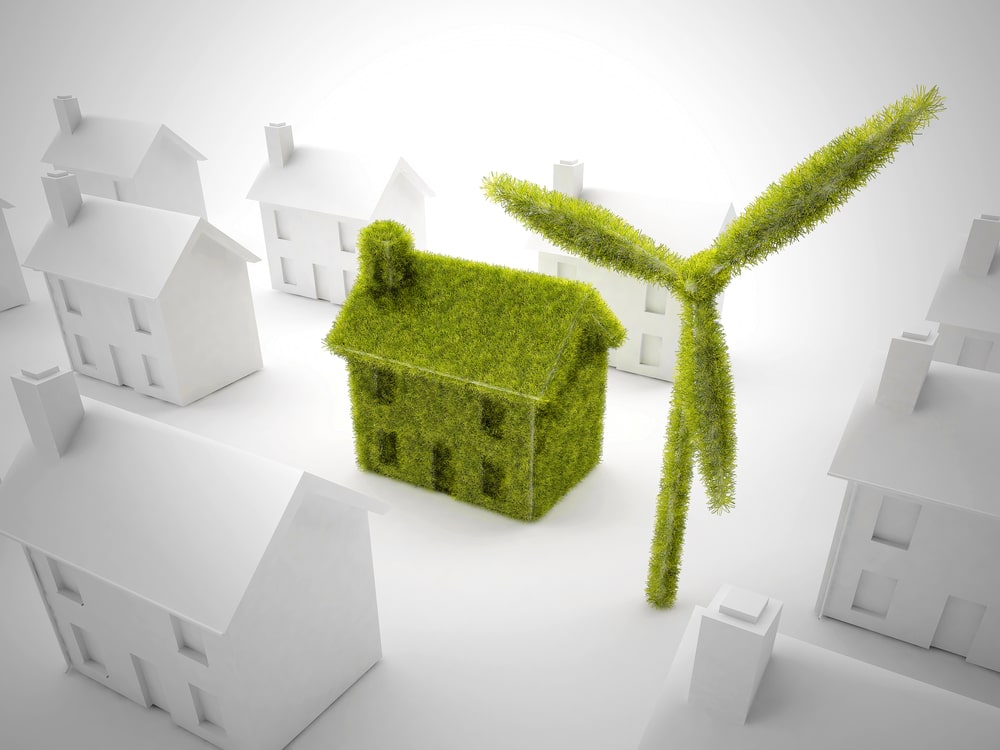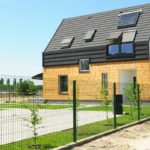News - Construction News
Sustainability and Tax in Real Estate

With property and construction contributing an estimated 40% of all global carbon emissions, the co-operation of property investors and construction companies will be essential if the UK is to transition to its net zero emissions target by 2050.
In this article, Construction Online speaks to Sean McGinness, Head of the Real Estate Group at Saffery Champness, about sustainability efforts in real estate.
Environmental, social and governance issues have taken on a greater importance when appraising investment decisions. However, it is unlikely that the contribution toward reduced emissions that will be needed from property and construction will be driven by market forces alone. Consequently, we expect that tax policy will become an important tool to encourage behaviour.
Whether this will be best achieved in the form of a carrot or a stick is unclear, and a combination of the two is likely. Given that many of the buildings that will exist in 2050 have already been built, tax incentives to encourage property owners to retrofit existing property assets to make them more energy efficient should form a key part of government policy.
However, at present, there is little tax incentive to encourage most businesses to make low carbon property investment. The enhanced capital allowances regime (ECAs) which allowed investors and businesses to write off the full cost of acquiring energy saving and water conserving equipment against their taxable profits in the year of expenditure was abolished in 2020.
It is clear that more needs to be done through the tax system, such as an enhanced deduction for investments made to improve the energy efficiency or increase the use of renewable energy resources.
For example, land remediation relief currently enables qualifying companies to claim a tax deduction equal to 150% of the cost of removing harmful contaminants such as asbestos from buildings. A similar tax relief for companies that retrofit buildings to reduce their carbon emissions could prove attractive.
Where the Government does seek to use tax incentives to align property investors and construction companies to its zero-emission target, it is important that relief is reflected ‘above the line’ in the company accounts, such as in the form of taxable grant income. This significantly increases the visibility of the relief in larger companies given that the benefit is reported by way of an increased profit before tax and also ensures that loss making companies can benefit from the same relief.
An extension of the VAT zero-rate for residential property development is another tool the government could consider. Currently, it is often more tax efficient for a developer to completely demolish a property and build something new in order to secure zero-rated VAT treatment. The extension of zero-rating, or even the 5% reduced-rate, to the retro-fitting of residential property would encourage improvement expenditure on existing buildings which would generate significantly less waste material.
On the whole we consider that the use of tax incentives is appropriate to help owners of existing buildings to improve their energy efficiency. However, if the government were to seek to penalise ownership of energy inefficient property, this could be achieved through increased rates of stamp duty land tax or council rates for properties which fall short of prescribed standards.
It is likely that achieving reduced emissions in newly constructed property will largely be driven by building regulations designed to enforce rather than encourage compliance.
There is little tax incentive to encourage construction companies to focus on reducing emissions. However, untargeted tax reliefs such as research and development tax relief do currently play a role in this area. Although the relief is not unique to the construction sector, we have increasingly been seeing claims submitted by construction companies engaged in pioneering work in areas such as the development of more efficient construction techniques or incorporating more recycled or energy efficient materials into buildings as a greater focus is placed on ESG commitments.
If you would like to read more stories like this, then please click here
Related Articles
More News
- Building the next generation
17 Jul 25
We are facing a skills crossroads in our industry, says Richard Martin, Managing Director, Churngold
- Plan to kickstart onshore wind revolution
17 Jul 25
Onshore wind is set to accelerate over the second half of the decade.
- Homes England supports Greencore Homes with new sustainable homes
16 Jul 25
Homes England will provide funding to support the delivery of Milton Heights.






